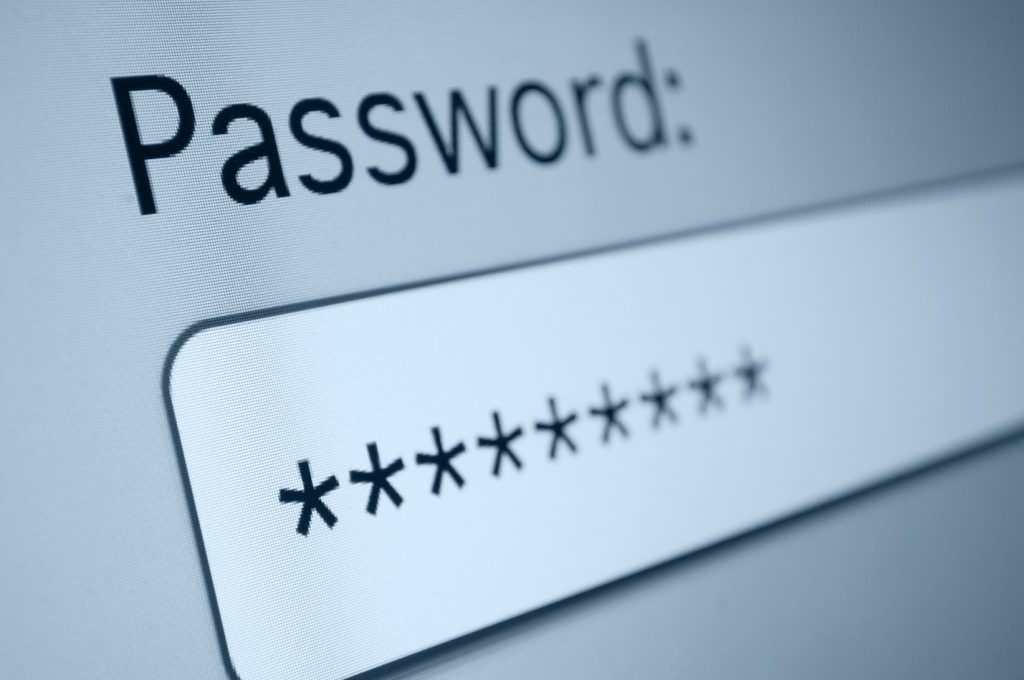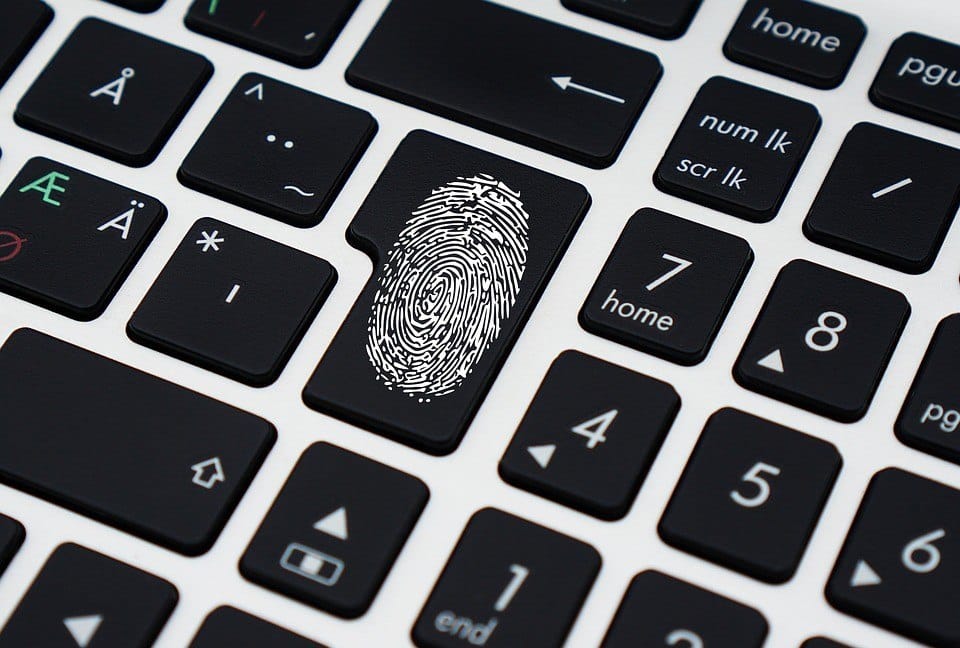It’s Time to Revisit Your Password Best Practices

When a hacker tries to access one of your accounts, the first challenge they must overcome is the password. This is why industry professionals always encourage you to create them with security in mind. The latest guidelines issued by the National Institute of Standards and Technology, or NIST, are not quite conventional or traditional, but […]
Take Charge of Security With Two-Factor Authentication

As attacks by hackers become all too common, it is increasingly important to ensure that accounts and passwords are protected. Two-factor authentication (2FA) provides an extra level of protection to accounts and is an important security option that all companies should consider. If you have questions or would like to learn more, AE Technology Group […]
Why Is 2-Factor Authentication Important?

Hacking is becoming more common as major websites have had data leaks containing emails, passwords, and other sensitive information. This kind of hacking has made international headlines and brought the issue of cybersecurity and internet safety to the forefront. Any computer that gets infected and that contains your personal information can make the victim of […]
Computer Tip of the Day: Passphrase Alternative to Passwords

You hear it constantly. “Use strong passwords.” “Don’t reuse passwords.” “Don’t use common words, be sure to mix characters, etc.” To the average technology user, it’s more than enough to be so overwhelming that the rules can encourage bad security habits. Traditional passwords, even strong ones, are easier to crack by way of brute force […]
Password Protection – Computer Tip of the Day

One of the most important things to make sure you do when browsing the web or even just using your computer in general, is to make sure your passwords are as secure as possible in order to keep your data safe from hackers and keep your accounts secure from various kinds of attacks on your accounts and […]

